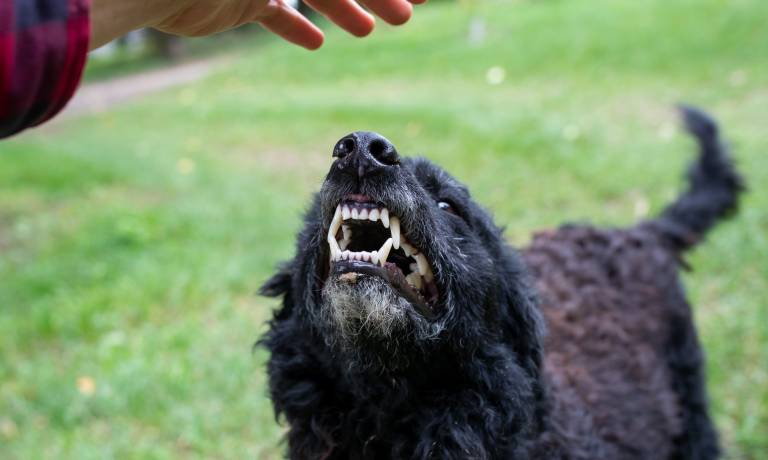
Owning a dog is one of life’s greatest pleasures, but what happens when your furry friend develops a biting habit? This behavior poses a safety risk to you, your family, and others. Understanding how to manage a dog that bites is crucial for maintaining a harmonious household and ensuring the safety of everyone involved. Let’s explore some ways to properly manage a dog that bites.
Understanding the Root Cause
Before addressing the biting, you must understand why your dog might be biting in the first place. Dogs may bite for several reasons, such as fear, pain, or anxiety. Sometimes, dogs bite out of fear when they feel threatened, while at other times, it might be due to physical discomfort or pain. Anxiety and stress are also common triggers. Observing your dog’s behavior and identifying the circumstances that lead to biting can provide valuable insights. Consider keeping a journal of incidents to help pinpoint patterns and specific triggers. By understanding the root cause, you can tailor your approach to better address your dog’s needs.
Training Techniques
Once you’ve identified potential reasons for your dog’s biting behavior, training techniques can be employed to mitigate the issue. Positive reinforcement is a powerful tool in teaching dogs not to bite. Rewarding your dog with treats or praise when they exhibit calm behavior can encourage them to repeat those actions. Additionally, desensitization methods can be effective, particularly if your dog bites due to fear or anxiety. Gradually exposing your dog to the situations or stimuli that trigger their biting, in a controlled and safe manner, can help reduce their reactive tendencies over time. Consistency and patience are key during training sessions.
Management Strategies
While training is essential, immediate management strategies are crucial to prevent biting incidents from occurring. Supervision is vital, especially in scenarios where your dog is likely to become agitated or stressed. Proper containment in a crate or a playpen can be beneficial when you need to leave your dog alone for short periods. Create a safe environment by removing any potential stressors or triggers that could lead to biting. Prevention is always better than cure, and proactive management can significantly reduce the risk of bites.
Seeking Professional Help
If your dog’s biting behavior persists despite your efforts, it may be time to seek professional help. Experienced dog trainers and behaviorists specialize in addressing behavioral issues and can offer tailored advice and strategies for your specific situation. A professional can provide insights that you might overlook, and their guidance can make a significant difference in effectively rehabilitating a dog that bites. Consulting with a veterinarian can also rule out any underlying medical conditions contributing to the biting.
With these ways to properly manage a dog that bites, you can help your canine develop more desirable behaviors. If challenges persist, don’t hesitate to reach out to professionals who can provide the expertise needed to foster a safe and happy environment for both you and your dog.





